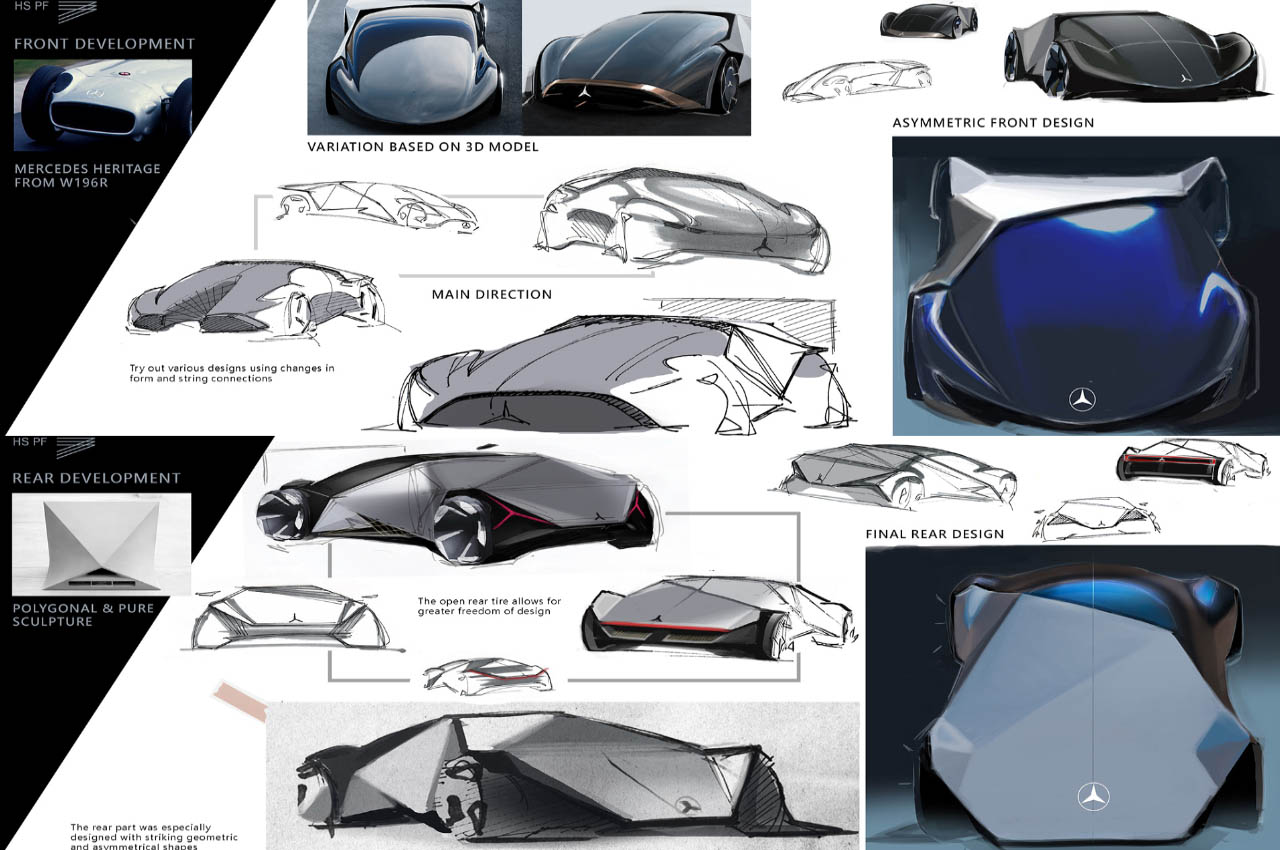The following contains spoilers for “Boom.”
It should be a given any new series needs time to find its footing, even when it’s a revival of an already-running hit. The first three episodes of “new” Doctor Who have been fun, but not without their own idiosyncrasies that made them hard to love. Now it’s time for Steven Moffat, the series’ greatest 21st century writer, to show what this new season can do. There’s the usual degree of showboating and cleverness, but it’s hard to deny the man’s genius when he pens the first genuine classic of the Disney+ era. Bloody hell.
“Boom” thrusts the Doctor and Ruby into the smallest corner of a war, and lets it play out in microcosm. This is an angry story about how money, power and cruelty make people inhuman, and is the sort of episode Doctor Who excels at. This story makes no bones about the pointlessness of war and why money is the engine that keeps it going. Its framing may be modern — there’s one too many uses of the word “algorithm” here — but its central thesis is timeless.
In a wasteland battlefield on Kastarian 3, two militarized Anglican clerics are walking back to base. Carson (Majid Mahdizadeh-Valoujerdy) is leading his friend, John Francis Vater (Joe Anderson) who has been blinded in the fighting, an injury that’ll take four weeks to recover from. In the distance, they spot an ambulance but seem afraid of it and look to go the long way around it. Carson loses his footing and slips into a small crater, activating a land mine that instantly obliterates him. The disturbance summons the ambulance, a tank-tracked device with a large screen with an apparently friendly avatar (Susan Twist) which injects its tendrils into Vater, identifying his injury. It decides that four weeks is an unacceptable amount of time for recovery and terminates him instead. His scream is heard by the Doctor, who sprints out of the TARDIS to help but winds up putting one foot on the exact same mine that killed Carson.
Ruby arrives to find the Doctor frozen in place, asking her to describe what he’s standing on: A Villengard mine. It’s an anti-personnel explosive made by a notorious weapons manufacturer that Moffat has referenced several times before. The Doctor asks Ruby to find something heavy for him to hold, so that he can shift his weight and put his foot down without triggering the mine. What she finds is Vater’s compacted remains bolted to an AI canister containing a simulacrum of Vater. The Doctor asks Ruby to throw it to him, but she instead opts to walk within the blast range and hand it over. It affirms the dynamic that as Gatwa’s Doctor has vacated the role of big-chested hero, Ruby has stepped in to fill the void.
The mine is, however, unsure if the Doctor is a viable target, and so remains frozen on the edge of activation. Villengard’s weapons are notoriously vicious and the company has created a warfare algorithm to limit the number of bodies in the battle zone at one time, while also dragging wars on profitably and indefinitely. It gives the company license to slay the wounded rather than spending the cash to cure them.
Before he died, Vater was speaking to his daughter Splice (Caoilnn Springall), who was brought along to the war as there was no-one else to look after her. While her father was on patrol, she had been left in the care of Mundy (Varada Sethu), a lower-ranking soldier in the army. But she slips her minder to reach the last GPS-tagged location of her father. She arrives, triggering the hologram attached to Vater’s remains that delivers his valediction to his daughter.
Soon after, Mundy tracks down her wayward ward and is able to explain the rest of the plot to the TARDIS crew. The Anglicans have been fighting a war for six months against an enemy that’s never seen or heard. Mundy and the Doctor spar on the nature of religion and how faith — in more than just a higher power — helps create willing material for the meat grinder of war. Mundy’s skeptical about the Doctor and Ruby but is quickly convinced when she scans the Doctor to see he’s not just going to explode on the mine. As a complex space-time event, the mine’s activation won’t just kill him but destroy half of the planet. It gets worse: The mine is going to time out and go off anyway after its stuttering activation.
Having detected the fracas, an ambulance arrives and jams its menacing tendrils into the Doctor. Ruby, again refusing to allow anyone else control the narrative, grabs Mundy’s rifle and tries to create a distraction to no effect. Mundy tells Ruby to shoot her using the rife’s lowest setting which would draw the ambulance without being fatal. But, as Ruby takes aim, Canterbury (Bhav Joshi) arrives just in time to misappraise the scene and shoot Ruby to defend his fellow soldier. Ruby, on the edge of death, generates more snow but is fading fast
The Doctor has worked out the problem, which is that there’s no enemy on the planet at all — it’s barren. Villengard's algorithm is sending soldiers out to die with the traps they themselves bought and probably placed. The only solution is to surrender but that’s not something Mundy is willing, or empowered, to do, so the Doctor needs to find proof to show to the senior cleric. He uses the AI of Vater, appealing to his duty as a father and whatever humanity is left inside to search through the military database to find evidence there is no enemy at all.
More ambulances arrive in an attempt to overwhelm the people in the crater, looming down on them all. As Mundy and Canterbury speak, the latter is suddenly minced for reasons that boil down to… we’re in the final few minutes of the episode. In the chaos, it looks as if all is lost, but as the Villengard AI projects a hologram, it’s quickly taken over by Vater, whose love for his daughter has hopefully triggered some sort of feedback loop, ending the war and disabling the mine. As the war is ended, Ruby is resurrected by the ambulance and the four survivors are able to enjoy the beautiful view in the skies over Kastarian 3.
There’s even time for the Doctor to mention a “grumpy old man” who told him once that “what will survive of us is love.” That’s a reference to notoriously acerbic poet Philip Larkin’s work An Arundel Tomb, referencing a long-decayed sculpture of two people lying in state. The Doctor mentions Splice may have a bright future ahead of her, and gets ready to head off to their next adventure.
There’s no good place to address this later, so I’ll add that Varada Sethu has also been cast as a new companion for Doctor Who’s second season. Initial rumors suggested she was replacing Millie Gibson but the BBC said last month the trio would travel together. It’s not uncommon for an actor to play a minor role in one episode and then return as a member of the core cast. Peter Capaldi, Karen Gillan, Freema Agyeman and Colin Baker all played one-off roles before joining as a Doctor or as a companion. I have no idea if Mundy will return, or if Sethu will play a new character, but I’m not sure Mundy was a compelling enough character to warrant a revisit.
“Boom” is a masterclass in perpetually-building tension in a way that Doctor Who has rarely attempted. I wouldn’t want to experience this level of stress every single week, but it’s a wonderful change from the status quo. The one thing that doesn’t quite work with the episode is the uneven pacing. For all the effort put into building the tension, the ending just seems to happen.
I feel like Moffat was straining against the running time, since the last few minutes are just dashed off without as much attention as I’d have liked. Interestingly, the other times Moffat has written stories that are this bleak, like “The Empty Child / The Doctor Dances” and “World Enough and Time / The Doctor Falls,” they were both two-parters. I’m not sure “Boom” needed 90 minutes, but an extra 10 or so might have helped things breathe.
Despite being rooted to one spot for most of the story, Gatwa’s Doctor still commands every frame he occupies. There’s enough chemistry between him and Millie Gibson that the pair’s interactions are entirely believable. The rest of the cast, however, don’t really get as much time to shine, given the limited focus and the stock roles they play in the narrative.
It’s entirely in keeping with Moffat’s style that he’d come back to a show, now equipped with a Disney-sized budget, only to make an episode set in one location. As a writer, he’s always enjoyed tying one hand behind his back and then allowing those restrictions to force him to be better. It was his Swiss watch plotting, smart storylines and snappy dialog that has always ensured his episodes are events. History has also silenced his critics: Last year, Doctor Who Magazine polled readers to rank every episode of the show made. Staggeringly, of the top 10, Moffat was credited with five, knocking Robert Holmes, the show’s greatest writer, off his perch.
And, as I said at the top, “Boom” stands proud as the first bona fide classic of the Disney+ era.
Susan Twist Corner
This week, Susan Twist played the avatar of the sinister Villengard ambulances that roamed the battlefield. Several times, the Doctor appealed to Vater’s AI homunculus on the fact that they are, or were, both fathers. If it isn’t clear, I think the show really wants the audience to know that the Doctor is a father with a child, whereabouts unknown. The hacky premise would be that it’s Susan who has taken the mantle of “The One Who Waits,” or that she’s somehow Ruby. Yeugh.
This article originally appeared on Engadget at https://www.engadget.com/doctor-who-boom-review-all-hail-the-conquering-hero-000001420.html?src=rss



























